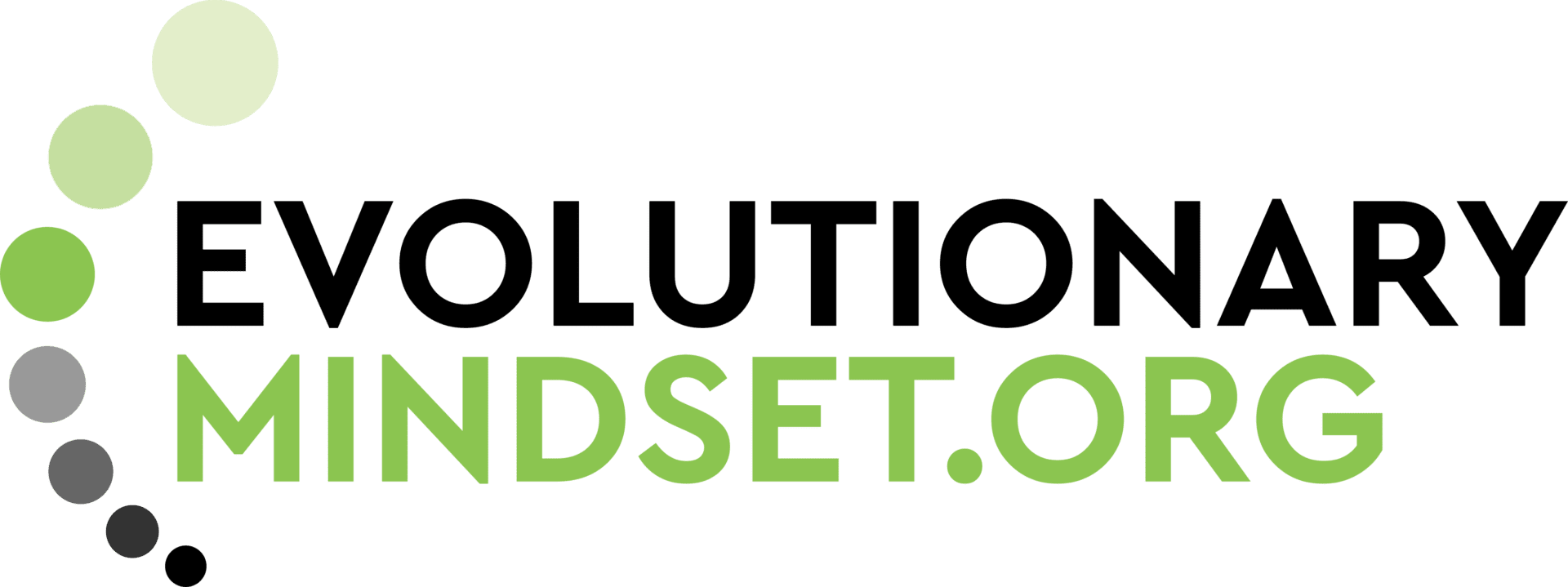
Establishing Your Evolutionary Market Position
A Strategic Approach Based on the Science of Evolution
For startups, early-stage, high-growth, and established businesses alike, succeeding in a rapidly evolving business landscape, and maintaining a competitive edge is paramount. The key is to establish an Evolutionary market position out of the gate and maintain a position of relevancy.
In this post, I will summarize the intricacies of developing and maintaining an evolutionary market positioning strategy, targeting the right audience, understanding competition, and crafting differentiation strategies based on evolutionary principles.
Understanding Evolutionary Market Positioning
Market positioning refers to how a company’s product or service is perceived by its target audience in comparison to competitors. Most market environments are saturated, therefore this perception dictates success. Effective positioning builds trust, ensures differentiation, meets market needs, and lays a sustainable foundation for long-term growth.
Given globalization, technological advancements, and evolving customer expectations, understanding where your business fits is crucial. Key considerations include customer segmentation, value proposition clarity, consistent messaging, and adaptability to market shifts.
When applying an evolutionary lens to market positioning, one takes into consideration the unified field for all relationships relevant for the business to succeed; customers, partners, employees, and other stakeholders. This includes understanding each shared believed future scenario or vision, the value-add for the relationship, and the operating code for building trust and long-term complementation.
Identifying Your Target Market
While the urge to cater to everyone is tempting, focusing on a specific target market is typically the better strategy. A clearly defined target market of potential customers sharing common characteristics with insights on beliefs, needs, wants, and behaviors is the starting point. Identifying this group ensures resources are directed efficiently, products or services resonate, and marketing ROI is maximized. Steps involve market research, insights gathering, segmentation, creating detailed customer personas, and validating assumptions. Insights should include demographics and psychographics as well as Maslow’s’ hierarchy of needs insights, beliefs, behavioral patterns, and other qualitative insights.
Analyzing Competitors
Competition isn’t just about who’s selling similar products. It’s about understanding competitors’ strengths, weaknesses, market share, pricing strategies, branding efforts, and customer sentiments as well as competitor operating mode and evolutionary stance. Through this analysis, businesses glean strategic insights, identify market gaps, and prepare for potential threats. The starting point is in organizing this data, facilitating visualization, and fostering alignment on SWOT and positioning.
Differentiation Strategies
Standing out from the crowd requires an evolutionary approach and a combination of innovation, value-added positioning, a deep understanding of the customer, and consistency. Differentiation can manifest through unique product features, quality, brand image, customer service, pricing, customization, innovation, or sustainability practices. Real-world examples abound, from tech giants pioneering cutting-edge solutions to startups emphasizing eco-friendly practices. Implementing differentiation demands a deep understanding of customer needs, consistent branding, and a commitment to delivering value.
Embracing Evolutionary Principles
As markets evolve, so should businesses. An evolutionary approach entails a deep understanding of the market, competition, audiences, and the business itself for continuously adapting to market changes, refining strategies based on feedback, and innovating to meet emerging needs. This dynamic mindset ensures relevance, resilience, and sustained growth. By integrating evolutionary principles into market positioning, targeting strategies, competitor analysis, and differentiation efforts, businesses can navigate uncertainties with confidence.
In Summary – Be Evolutionary from the Start and Ongoing
Establishing a market position is not a one-time effort but a continuous journey. By continued understanding of market dynamics, targeting the right audiences, analyzing competitors, and differentiating effectively, businesses can thrive amidst future challenges. Embracing evolutionary principles ensures adaptability, relevance, and growth in the ever-changing business landscape. Don’t risk being left behind, embark on this journey, and remember to continue to adapt and evolve.
Want to learn more about an evolutionary approach or think you might like a fractional CMO or marketing leader to help guide you to success? Join the “Evolutionary Marketing for Early-Stage B2B Companies” program at EvolveForGrowth/Evolutionary-Marketing-B2B
